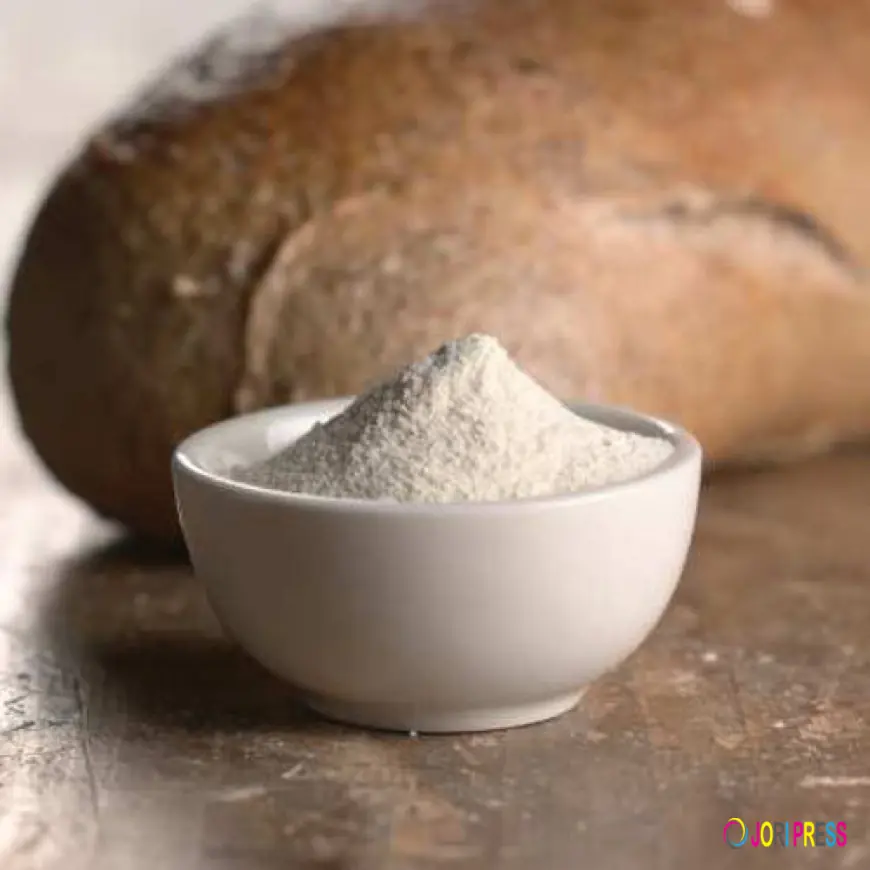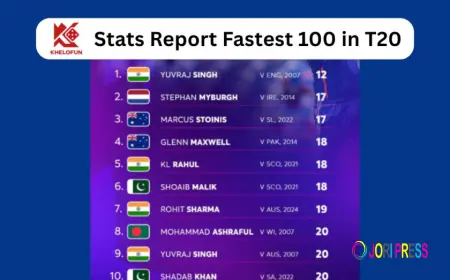Bread improvers market scenario shaped by consumer shifts, clean-label demand, and regional expansions
The bread improvers market report from Pristine Market Insights illustrates how current market conditions are evolving. Influenced by clean-label trends, global consumption growth, and bakery innovation, the scenario presents both challenges and opportunities for players across the value chain in developed and emerging economies.

Current state of the global market
The bread improvers market is in a transitional phase, driven by rapid changes in consumer expectations, regulatory conditions, and ingredient technology. Across both industrial and artisanal baking segments, improvers have become indispensable for ensuring dough consistency, texture, and extended shelf life. With bread consumption stable in mature regions and growing fast in emerging ones, the overall market scenario is one of cautious optimism. While the demand side remains strong, supply chain fragility and inflationary pressures continue to affect costs and margins.
Evolving product formulation landscape
Product formulation is shifting significantly due to the clean-label movement. Traditional chemical additives like DATEM and mono- and diglycerides are being replaced by natural emulsifiers and enzyme-based systems. This transition is not only driven by consumers demanding healthier products, but also by retailers who are tightening label policies for in-store and private-label goods. The scenario is also influenced by product diversity—manufacturers now formulate improvers tailored for sourdough, gluten-free, and high-fiber bread types, creating a complex and competitive environment for product innovation.
Regional differences shaping demand
Regionally, the market scenario varies widely. In Europe, clean-label demand is strongest, prompting the most advanced product offerings. North America follows closely, with a focus on gluten-free and low-sodium improvers. Meanwhile, Asia-Pacific is characterized by rapid urbanization, dietary westernization, and a growing middle class, all of which are fueling demand for packaged baked goods and, by extension, improvers. Latin America and the Middle East are emerging as newer growth zones where affordability and shelf life matter more than formulation transparency. These regional variations are shaping how suppliers position and adapt their offerings.
Competitive positioning in the current market
The present competitive landscape is marked by consolidation among larger players and growing pressure on mid-sized manufacturers to differentiate. Key companies like Puratos, Lesaffre, AB Mauri, and Corbion are actively refining their improver portfolios to meet modern baking needs. Many are investing in localized production facilities and R&D centers to serve regional markets more efficiently. Smaller and regional players, meanwhile, are finding niches in specialty segments—like organic baking or ethnic bread categories—where custom improvers are required. In the current market scenario, agility and product differentiation are more important than ever.
Consumer behavior and purchasing trends
Consumers now prioritize bread products with short, recognizable ingredient lists and added health benefits. There’s an increased willingness to pay for breads perceived as more natural, artisan-style, or functional. This has a direct impact on the type of improvers being purchased and used, especially in premium and branded baked goods. At the same time, economic uncertainties in some regions are prompting value-conscious purchasing, where cost-effective improvers that deliver consistent quality without premium claims still play a critical role. Manufacturers must carefully balance performance with affordability to meet this spectrum of demand.
Manufacturing and supply chain pressures
Rising input costs for enzymes, starches, and natural additives are putting pressure on manufacturers, especially in the current inflationary climate. Transportation and global sourcing delays continue to affect delivery timelines, prompting many companies to diversify suppliers or invest in local sourcing. Automation and digitization in production are becoming essential tools to maintain efficiency, reduce waste, and manage formulation consistency. As manufacturers navigate the current scenario, operational resilience and supply chain flexibility are increasingly seen as strategic advantages.
Outlook within the current market environment
The overall market scenario points to continued growth but also heightened competition and operational complexity. Companies that can meet clean-label expectations, maintain cost control, and adapt to shifting consumer habits will lead the next phase of expansion. Investments in R&D, regional production capabilities, and digital tools will likely define the most successful players. While risks like regulation and ingredient scarcity remain, the long-term drivers for bread improvers—such as rising bakery consumption and evolving consumer palates—remain firmly in place.
What's Your Reaction?
 Like
0
Like
0
 Dislike
0
Dislike
0
 Love
0
Love
0
 Funny
0
Funny
0
 Angry
0
Angry
0
 Sad
0
Sad
0
 Wow
0
Wow
0
















































